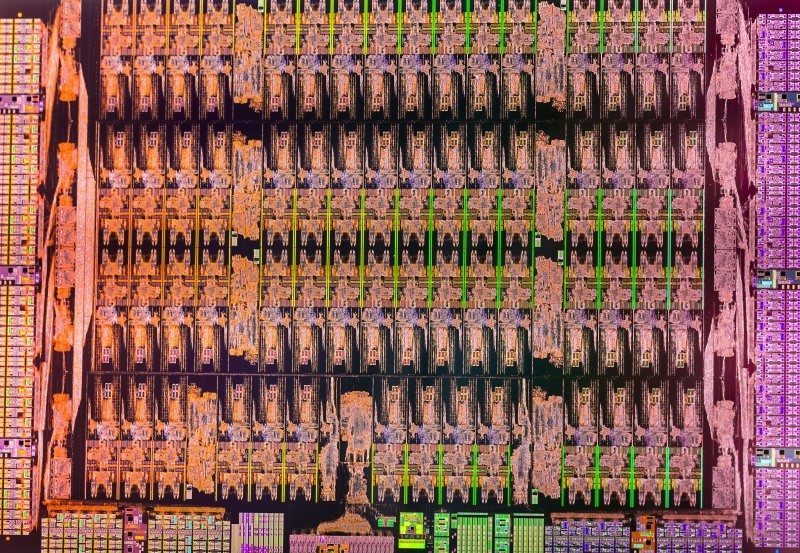Intel to Deliver 72-Core Supercomputer Chip to Workstations
Alexander Neil / 8 years ago

In an attempt to change the workstation game entirely, Intel intends to release their new 72-core supercomputer chip, code-named “Knight’s Landing”, to workstation machines as well as supercomputers.
Typically larger and more expensive than a typical desktop, workstations are typically used for processing-intensive tasks such as high-quality computer generated graphics, film editing and for computations and modelling in the science and engineering fields. Due to these professional applications, they also require more processing power, often using high-end desktop chips or even server chips like Intel’s Xeon. This new Knight’s Landing chip will be based on the Xeon Phi architecture, of which the current generation chips are used in systems such as Tianhe-2, the world’s most powerful supercomputer.
The aim of bringing these powerful chips to workstations as well as supercomputers is an experiment in making supercomputing available to researchers without access to a full-scale supercomputer to run computation on, or to allow writing and testing of code intended for Xeon Phi-based supercomputers before deployment to the supercomputer itself. And while current workstations make use of discrete coprocessors alongside production CPUs in order to supplement their power, Knight’s Landing will run both the main processor and coprocessing units on one chip, in concert, the system will be able to provide over 3 teraflops at peak.
While the idea of 72-cores on a processor may boggle the mind of most PC users used to between 2 and 8 cores, Knight’s Landing runs more like a modern graphics card, of which the top end chips have multiple thousands of single purpose cores. Further, Knight’s Landing possesses 16GB of MCDRAM, of which is claims has 5-times the bandwidth of consumer DDR4 RAM as well as lower power draw and higher density than GDDR5.
Intel will be handling initial distribution of these new workstations themselves, hoping to extend sales of the workstations and maybe even desktop variants through other partner companies. These machines will be far more limited than typical PCs, however due to the chip being highly integrated into the rest of the system and the OS and other tools being pre-loaded by Intel. And while this seems like it could bring a new face to desktop computing, Intel claims that currently the rollout is more of an experiment than an attempt to do so. The ambition is definitely there, though, after the dropping of its Larrabee chip back in 2010. This is just the start, Intel already has plans for the successor to Knight’s Landing, Knight’s Hill.
Could the future be a supercomputer in all of our homes be more real than we think? If Knight’s Landing succeeds in its experimental release, we could be seeing chips of this calibre on the consumer market all-too-soon; an exciting idea for sure!



















